The Imaginative Church
Stories of three church communities that are practicing ecological discipleship in creative ways.

A few months ago, I wrote about the centrality of imagination in the journey of ecological discipleship. I wrote that we are all called to "the ministry of imagination," and highlighted three practices we can use to cultivate such imagination in our lives (Wander, Wonder, Discover). As a follow-up, to spark ideas for your own faith communities, I want to highlight three churches that are practicing the ministry of imagination. These congregations are very different from one another; what they share is a willingness to see the interconnections around them, to cultivate new connections, and to embrace imagination as a pathway to new life.
Imaginative Care: From Lawn to Life
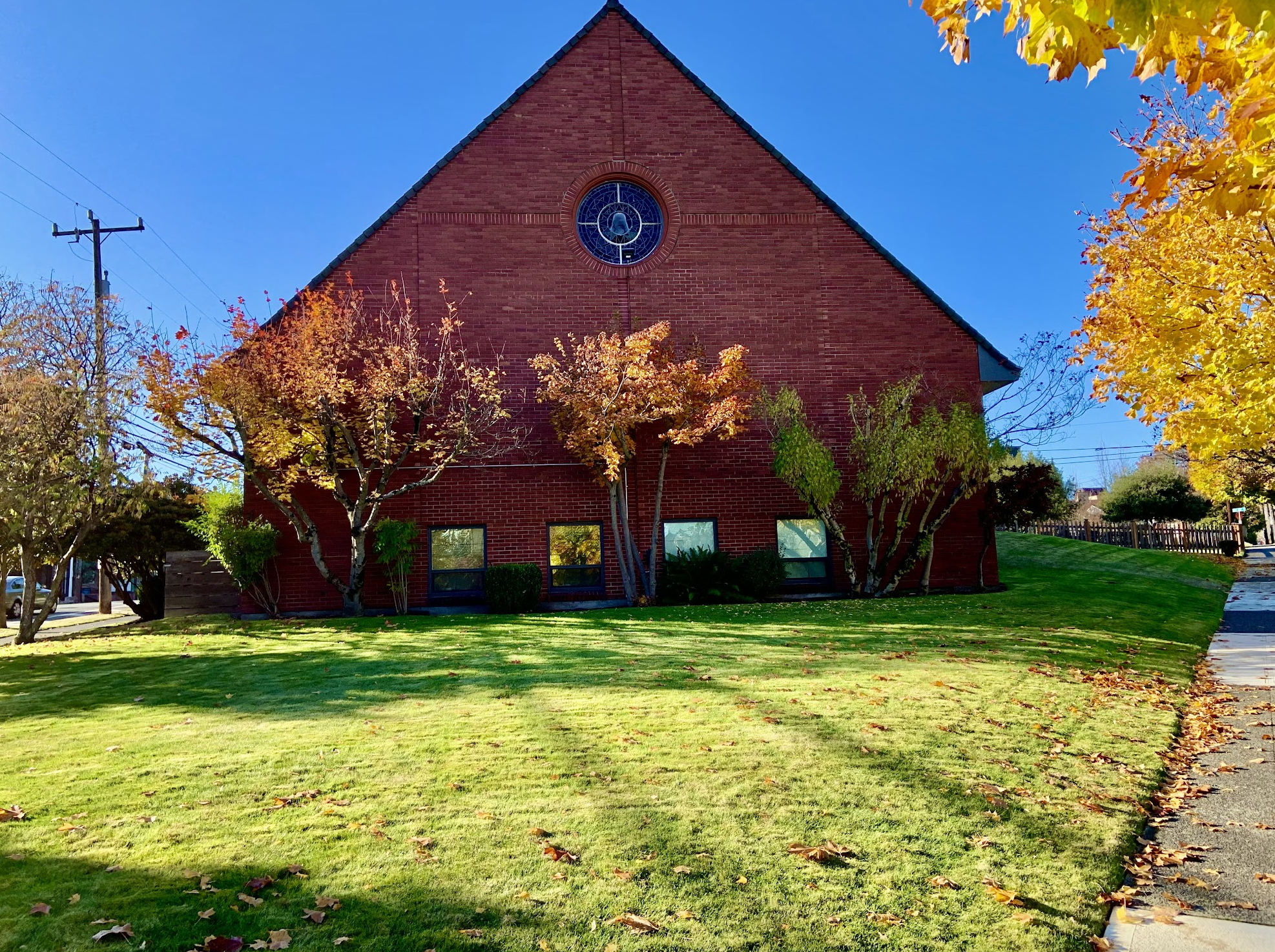
Just outside the main sanctuary of Bethany Community Church, a large, non-denominational congregation in Seattle, an expansive grass lawn used to run from sidewalk to sidewalk. Bethany has been developing a more creation-focused faith for a few decades, so when an idea was presented to "re-wild" the lawn, they were ready. Starting in 2023, volunteers began removing the grass, sheet-mulching the ground, and procuring native plants.
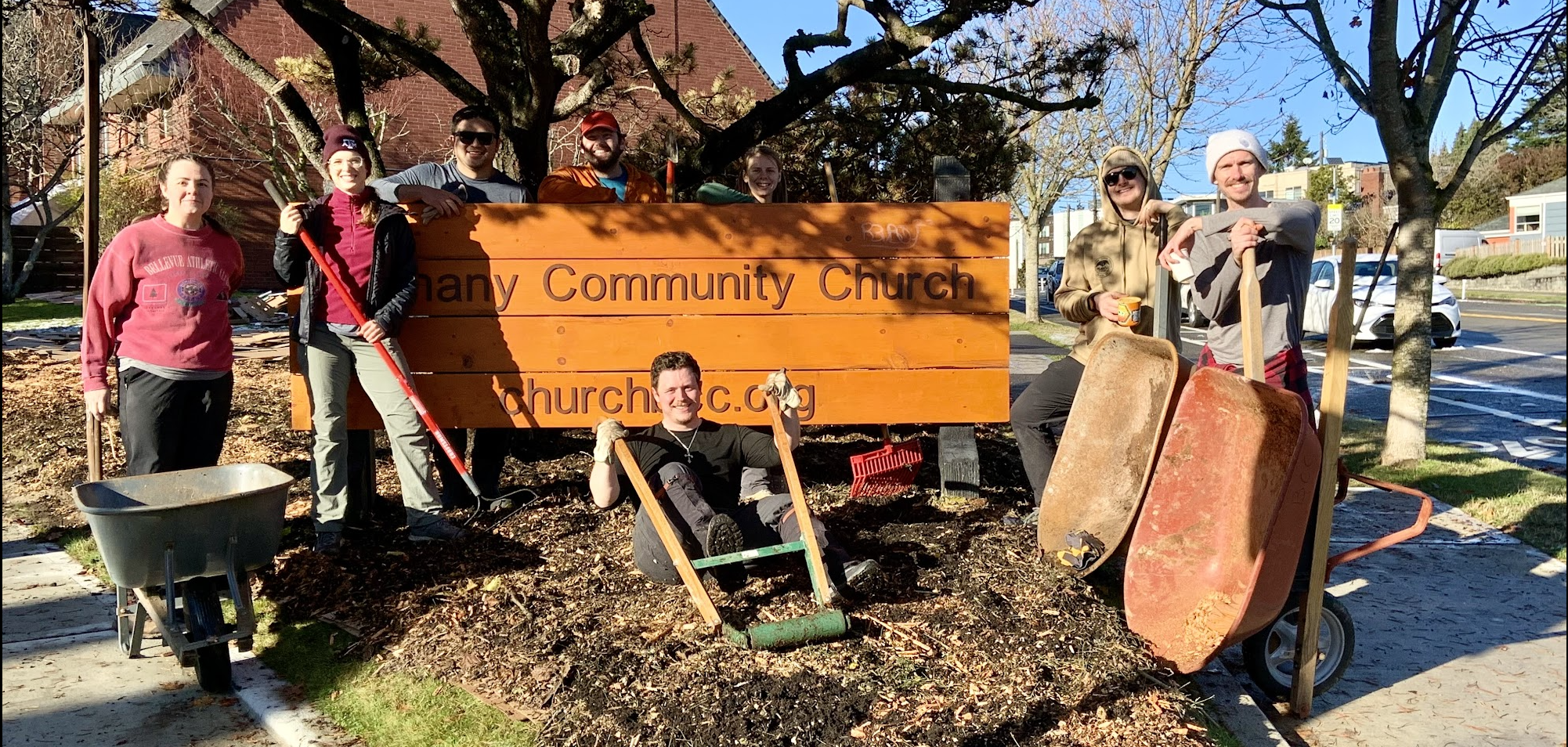
Over the course of a few growing seasons, the native plants have taken root. What was once a monocrop of relatively lifeless grass is now a diverse ecosystem that displays a riot of springtime color and provides habitat for numerous pollinators.

But there is more to Bethany's rewilding project than healing a landscape. The church's description of the endeavor captures the imaginative scope behind it.
Re-wilding is the process of returning land to its natural, ecologically diverse state. As a church, we believe that land is sacred and the work of restoration is holy - a practical expression of faith that benefits humans, local wildlife, and the soil itself. Our hope is that, over the years, this new ecosystem of native plants acts as a beacon to our neighborhood, inviting us to contemplate our relationship with the natural world, our dependence on it, and our responsibility to be advocates for creation and each other.
And the neighborhood has noticed. People stop to read the sign which contains the description above. Some have stopped in to express their appreciation; several have began attending worship. These are the ripple effects of imagination.
Imaginative Justice: Returning Land

The Franciscan Sisters of Perpetual Adoration, a Catholic community located in La Crosse, WI, recently posted the following announcement:
In the spirit of relationship and healing, the Franciscan Sisters of Perpetual Adoration transferred the Marywood Franciscan Spirituality Center property to the Lac du Flambeau Band of Lake Superior Chippewa Indians, the original caretakers of the land. The transfer closed on Friday, October 31, and is the first known return of Catholic-owned land to a Tribal Nation as an act of repair for colonization and residential boarding schools.
The decision came after the sisters learned about the trauma caused by a Native American boarding school they had operated from 1889 to 1963. They began a two-year program with Land Justice Futures, an organization that helps religious landowners "pursue land justice - centering racial repair, ecological healing, and community power into decisions about how land is loved, used, and governed."
The property was sold for $30,000, the same amount the sisters paid for the site in 1966 - approximately 1% of its current value. You can watch a three-minute video about the return below.
Sister Sue Ernster's description of the transfer captures the imaginative vision behind it:
We hope to model, especially for Catholic religious congregations, that it is possible to pursue alternatives to conventional land transitions. The land now lives into its deeper purpose as a place of renewal and we trust and pray that it will plant seeds of cultural renewal for generations to come.
Imaginative Unity: When The Forest and the Church Are One
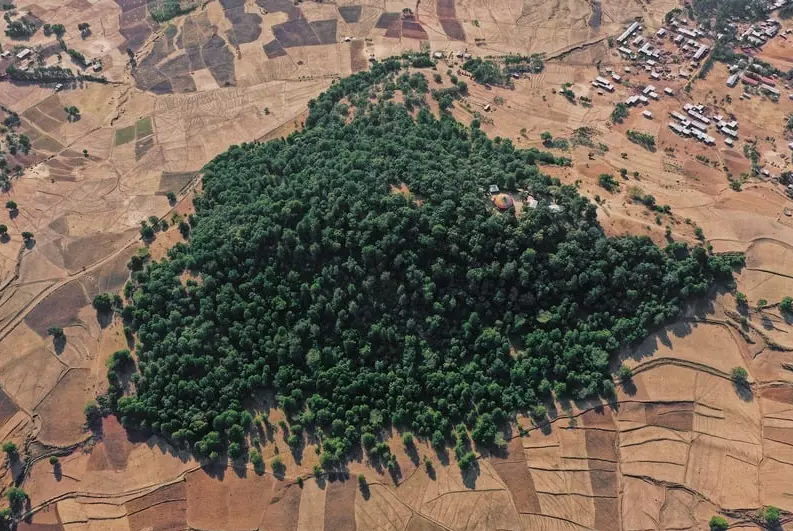
In the midst of vast swaths of treeless, agricultural land in northern Ethiopia, small patches of old growth forest surround Orthodox churches. In the imaginative theology of those who care for these forest churches, the church and the forest are inseparable. As one priest has said, "If the church loses its forest, it loses itself." That is not all that would be lost - these forests are islands of biodiversity in a sea of deforestation. And by preserving the forests of Ethiopia's past, they provide inspiration and direction for a green Ethiopian future.
In an eight-minute documentary produced by Emergence magazine, forest ecologist Dr. Alemayehu Wassie says, "The church forests are the blueprint...We can bring back the landscape, given that these forests exist. That's my hope. That's my vision."
I hope these three stories have sparked your imagination. If you have a story of imagination to share, please reach out to me at james.amadon@circlewood.online.
With you on the Way,
James

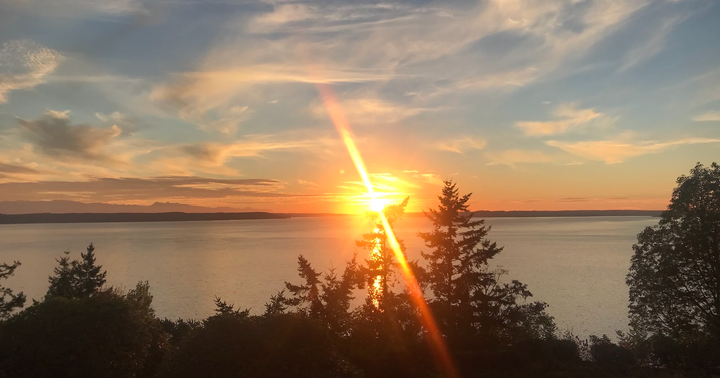

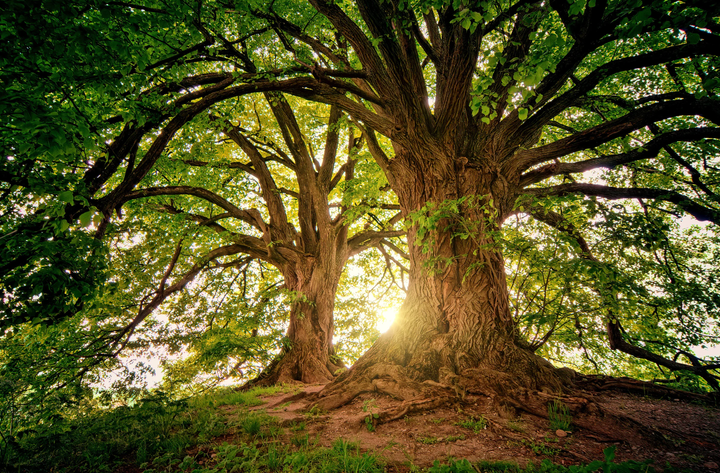
Comments ()